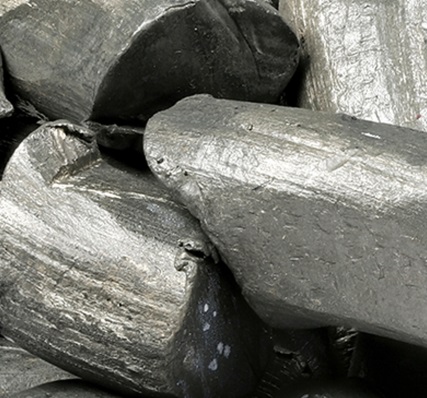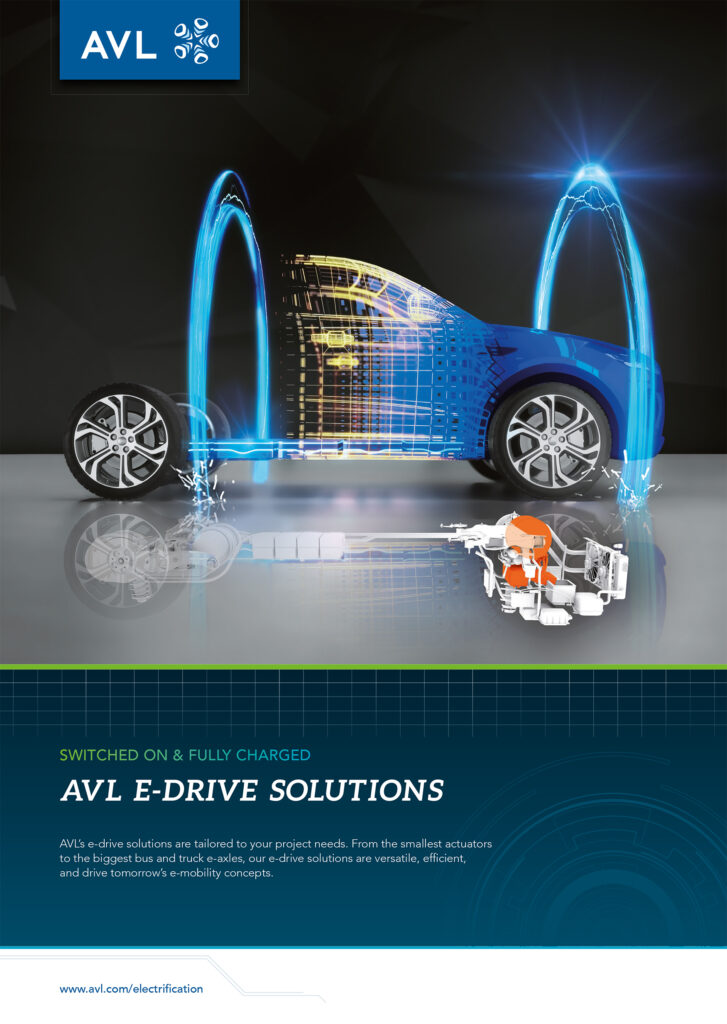Race for battery breakthroughs
While lithium-ion battery chemistries continue to improve rapidly, a number of rival technologies and their developers are tantalising the EV industry with promises of much higher energy densities, but always with a caveat or two in other critical areas (writes Peter Donaldson).

Some of these technologies represent improved lithium-ion chemistries, while others exploit promising new chemical reactions.
One strand of development is solid-state lithium-ion batteries that, along with higher energy densities, promise greater safety by replacing the liquid polymer combination electrolytes – which can catch fire when exposed to air – with a solid electrolyte, which won’t. Research and development is focused on areas such as faster charging, higher voltages and thinner electrolytes.
For example, researchers at MIT have developed a new electrolyte production technique that alternates layers of the active lithium garnet component with layers of lithium nitride using a pulsed laser at around 300 C. The resulting wafer is then heated to 600 C and slowly cooled to anneal it.
During this process, all the nitrogen from the lithium nitride layers is rejected to the atmosphere, and the lithium fuses into the lithium garnet to form a single thin, lithium-rich electrolyte film, through which positively charged lithium ions can move quickly. The film is only 330 nm thick, freeing up more volume for active storage capacity in the electrodes.
Solid electrolytes are generally regarded as essential to reliable, long-life lithium metal batteries, which use metallic lithium instead of graphite for their electrodes and promise far higher energy densities than existing lithium-ion batteries. So far, such lithium metal batteries have been plagued by the growth of dendrites – branching metallic structures that can pierce layers and cause short-circuits and fires during charging and discharging – which solid-state electrolytes should prevent.
However, a team at Dalhousie University, in Canada, working with Tesla, has built and tested lithium-metal pouch cells with a dual-salt LiDFOB/LiBF4 liquid electrolyte that “enables smooth dendrite free lithium morphology comprising densely packed columns even after 50 charge-discharge cycles.” This technology, the team says, could result in the commercialisation of more energy-dense and longer-lasting cells much more quickly than is thought achievable with solid-state batteries.

Graphene, sheets of carbon one atom thick, promises major performance increases for batteries when used in anodes and even electrolytes, enabling high power density along with fast charging, thanks in part to its very high electrical conductivity.
However, high material cost, contamination and mass production challenges limit the material’s potential, but novel methods of extracting graphene from raw materials could change that. UK company Talga, for example, has successfully applied electrochemical exfoliation (a technique normally used to extract graphene from very pure synthetic graphite) to unprocessed graphite ore, greatly reducing production costs.
Beyond lithium, fluorine-based chemistries potentially offer rechargeable batteries with 10 times the energy density because of fluorine’s low atomic weight. Until recently, fluoride-ion batteries have been limited by high operating temperatures of around 150 C, but in December 2018 a team including the Honda Research Institute, the California Institute of Technology and NASA’s Jet Propulsion Laboratory announced two advances that enable them to operate at room temperature.
One is a liquid electrolyte based on a stable combination of tetraalkylammonium salt and fluorinated ether. The other is a copper-lanthanum trifluoride core-shell cathode material that demonstrates reversible partial fluorination and defluorination reactions, according to the team.
If realised, a tenfold increase in energy density over lithium-ion batteries would be a game-changer.
ONLINE PARTNERS





















